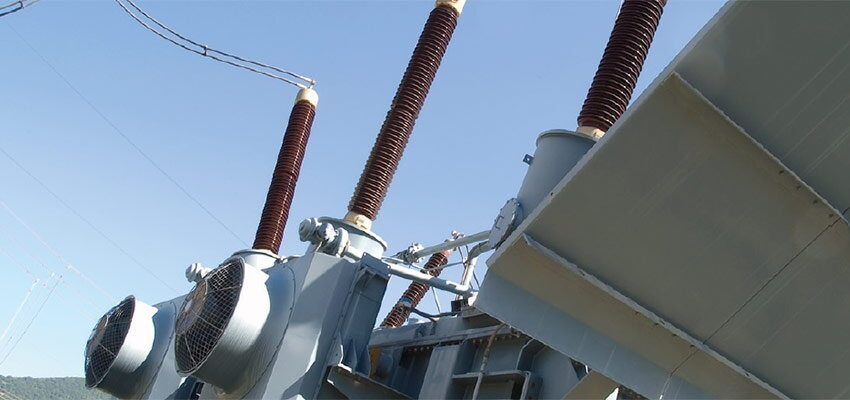
Diagnostics of HV bushings through oil sampling and analysis
Abstract Bushings are highly stressed parts of power transformers and their failures can lead to a transformer breakdown. The diagnostics and predictive surveillance of bushings...
byRiccardo ACTIS, Riccardo MAINA, Vander TUMIATTI

Abstract
Bushings are highly stressed parts of power transformers and their failures can lead to a transformer breakdown. The diagnostics and predictive surveillance of bushings is essential for uninterrupted operation of transformers. Diagnostic tools applied include electrical tests, thermography and, to a minor extent, oil analysis for oil-impregnated bushings. This paper gives a short review of bushing types and related applications, including procedures for in-field inspection and oil sampling. Dissolved Gas Analysis (DGA) issues in bushings’ mineral oil are briefly discussed and diagnostic criteria for DGA interpretation are given, comparing the experience of the authors with the available literature and standards.
Keywords: mineral oil, SF6, bushings, transformer, DGA, diagnosis
1. Introduction
Bushings are essential accessories of power transformers, circuit breakers and other electrical equipment, making the connection between high voltage windings and inlet or outlet conductors. They allow the high voltage conductor to pass through the tank walls, which are grounded.
Bushings are extremely stressed equipment, subject to a strong electric field intensity with great difference of electrical potential and close distances.
A significant percentage of all transformer failures is caused by defective bushings and such failures can destroy a transformer. A recent survey by CIGRE [1] concluded that 30% of all bushing faults resulted in transformer fire and 10% in burst or explosion.
Making a systematic diagnostic surveillance of HV bushing is essential for safe operation of transformers. Therefore, even if it is complex and quite expensive, many big utilities and power generation companies include monitoring of aging and degradation of bushing in their maintenance policy.
The most widely applied diagnostic and predictive tools are thermography and electrical tests, such as measurement of capacity, dielectric losses, power factor (tan delta) and partial discharges.
Oil analysis is not a common practice; nevertheless, it has been recognized as a reliable tool for detecting aging and bushing degradation at an early stage and, consequently, for driving the corrective and preventive maintenance actions in a very effective way.
Since 1998, a big nuclear power generation company in France has been performing a visual inspection and oil sampling and analysis of HV bushings of their GSU power transformers: more than 700 pieces of equipment are systematically controlled, with about 17% of them being under enforced surveillance, and 5% replaced before experiencing a failure.
{READTMAGONLINE_SE se1 142}







